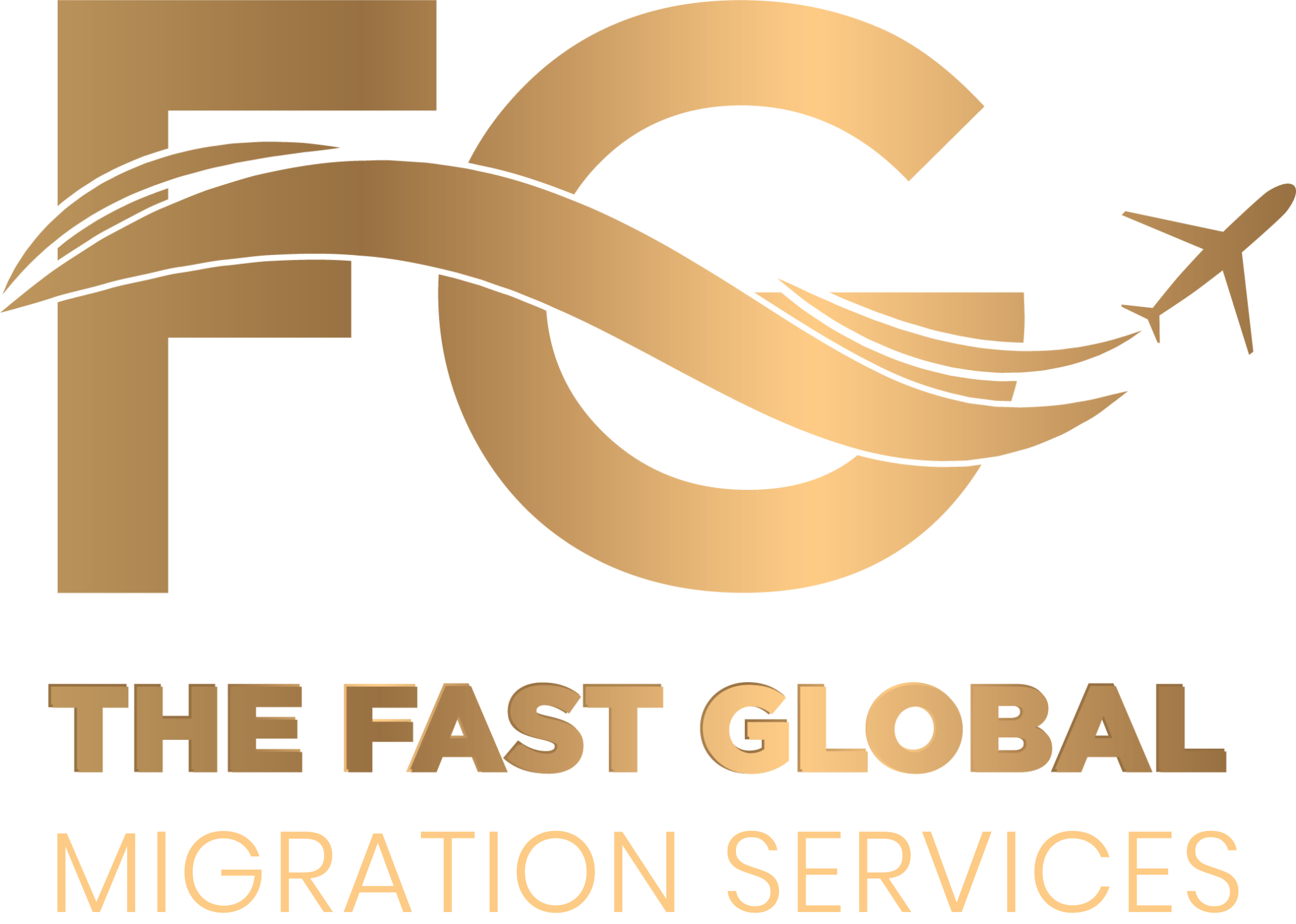Australia is a top destination for people seeking a better lifestyle, career opportunities, and high-quality education. With a booming economy, beautiful landscapes, and a multicultural society, Australia is an ideal choice for many aspiring immigrants. In this guide, we’ll walk you through everything you need to know about the Australia PR Visa, including eligibility requirements, application processes, benefits, and frequently asked questions.
Explore the details to understand why Australia could be the right move for you and how you can begin your journey toward securing an Australian Permanent Residency (PR).
What is an Australia PR Visa?
The Australia PR Visa grants individuals the right to live, work, and study in Australia indefinitely. Holders of a PR visa have access to most of the benefits of Australian citizens, including healthcare, social security, and pathways to citizenship. The PR visa is typically valid for five years and allows you to enter and exit Australia as often as you like during this period. After living in Australia for four years, PR holders may be eligible to apply for Australian citizenship.
Benefits of an Australia PR Visa
- Live and Work in Australia: With an Australia PR Visa, you can reside anywhere in the country, work for any employer, and even switch jobs without needing a new visa.
- Healthcare Access: PR holders can benefit from Medicare, Australia’s national healthcare scheme, which offers affordable or free medical services, treatments, and consultations.
- Pathway to Citizenship: After fulfilling certain residency requirements, PR holders can apply for Australian citizenship, which grants additional rights and benefits.
- Educational Benefits: The PR visa provides access to government-funded education for children. Moreover, you can pursue higher education at lower costs than international students.
- Family Sponsorship: With PR status, you can sponsor eligible relatives for permanent residency in Australia.
- Social Security Benefits: After two years as a PR, you may qualify for some social security payments, providing financial support in cases of unemployment, illness, or other circumstances.
Types of Australia PR Visas
The Australian government offers multiple pathways to permanent residency, and the most common visa types include:
- Skilled Independent Visa (Subclass 189): This visa is for skilled workers who are not sponsored by an employer, state, or family member. It is a points-tested visa, meaning your eligibility depends on your age, education, work experience, and English proficiency.
- Skilled Nominated Visa (Subclass 190): This visa requires a nomination from an Australian state or territory. Like the Subclass 189 visa, it uses a points system, but it offers additional points for state nominations.
- Skilled Work Regional (Provisional) Visa (Subclass 491): This visa allows skilled workers to live and work in regional Australia. It is initially a temporary visa, but holders can transition to permanent residency after three years.
- Employer-Sponsored Visa: For those who have a job offer from an Australian employer, there are employer-sponsored visas that lead to PR, such as the Employer Nomination Scheme (Subclass 186) and the Regional Sponsored Migration Scheme (Subclass 187).
- Family and Partner Visas: If you have close family members in Australia, you may qualify for a family-based PR visa. There are visas specifically for partners, parents, and children.
Eligibility Requirements for Australia PR Visa
Meeting eligibility criteria is crucial when applying for a PR visa. Below are some standard requirements:
- Age: Typically, applicants must be under 45 years old.
- Occupation: Your occupation must be on Australia’s Skilled Occupation List (SOL) for PR.
- English Proficiency: A strong command of English is essential, and you’ll need to take a recognized English language test such as IELTS or PTE.
- Skill Assessment: Your skills must be evaluated by a relevant assessing authority to verify they meet Australian standards.
- Points Requirement: You need a minimum score (usually 65 points) in the points-based assessment, calculated based on your age, education, work experience, English proficiency, and other factors.
- Health and Character Checks: You must pass health and character checks as required by Australian immigration authorities.




